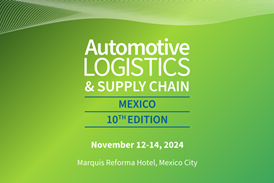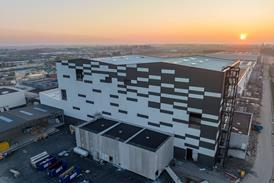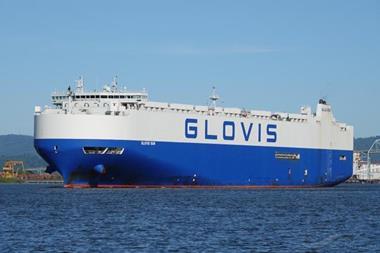 Oliver S. Rutherford, who has helped implement long-distance, just-in-sequence 'pearl chains' for several OEMs, discusses the ways that they shine and where they're dull
Oliver S. Rutherford, who has helped implement long-distance, just-in-sequence 'pearl chains' for several OEMs, discusses the ways that they shine and where they're dull
Today’s automotive supply chain is confronted with many challenges, but the two main operational ones for OEMs are a constant strive to lower manufacturing costs and at the same time to increase sales volumes by offering ever more choices to customers. Product portfolios in the car industry today consist of many more car models and options than a decade ago and carmakers are continuing this trend. This diversification is most notable in the premium sector, but it is no less evident amongst mass-market brands.
The way that most OEMs manage product diversification is to use a platform strategy, where many different car models are based on a range of standardised parts, such as underbodies or axles. Product platforms help to reduce cost by spreading the burden of development and homologation for new car models, and by allowing the building of different car models on one assembly line. This is good from a business point of view, but also creates pressure on manufacturing plants as even more part numbers need to be managed.
Traditionally, carmakers would try to minimise parts handling and attempt to cut out as many handling steps between parts collection from suppliers to parts delivery at the assembly line. But more product derivatives on one line means a higher number of differing parts need to be delivered to the same line-side location, which creates space problems and results in the need for new supply chain solutions.
One such solution can be long-distance, just-in-sequence delivery, also frequently called ‘pearl chain’. In this method, parts are ordered on a planned-car sequence and, importantly, are already allocated to a specific car in the production plan. The time between order and assembly is fixed and is commonly called the ‘frozen period’ – the period prior to assembly in which orders typically cannot change anymore.
Long-distance, just-in-sequence parts bring several advantages. They help to reduce local space requirements in the plant and can work to lower parts prices. Parts, which before may have been produced or sequenced to order in the car plant or in close proximity to it, can now be ordered from supplier locations further afield, thus freeing up space and potentially lowering purchasing costs by moving manufacturing to low-cost countries, or taking advantage of economies of scale in global sourcing.
A ‘pearl chain’ approach can also help to reduce inventory levels. First, only parts planned for consumption are ordered. And second, the number of process steps that need to fit into the frozen period allow for only minimal safety buffers, thus reducing inventory levels and freeing up space and capital.
As parts are ordered only for a specific car, it also makes problems visible that might otherwise be hidden by a stock abundance. You can only solve problems if you can see them, and so this specified order process forces carmakers to find and eliminate the root cause of an issue in the supply chain.
Perils of distance
However, as with any other production or delivery process, there are also disadvantages associated with ordering parts on a long-distance, just-in-sequence basis.
For pearl chains, since parts are ordered on a planned sequence, it can be that the actual sequence of production will differ from the planned one by the time the parts arrive, thus creating ‘sequence breakers’ – cars that move from their planned sequence position, necessitating the re-sequencing of corresponding part flows that were already ordered.
Re-sequencing requires good accessibility to parts in a container, which can mean lower parts density and so higher container investment, transport and handling cost. This preparation for the unknown ultimately adds waste into the system, as it requires parts to be shipped with extra space and needs extra manpower for re-sequencing, thus adding cost.
There are also strategic impacts from long-distance, just-in-sequence deliveries. The fact that parts are ordered for a specific car and cannot be changed within the frozen period reduces the flexibility to respond to changing customer demands, which can ultimately affect market success. And while it does enable the use of suppliers further afield, it also limits purchasing departments in their ability to buy from different suppliers for a commodity, as all parts should be in a single flow to avoid 100% parts handling. This concentration can lead to increased market power from suppliers, resulting in higher prices.
Supply chain practitioners should be aware of these pros and cons of using the pearl chain method when choosing the right supply chain solution to manage increased product diversification. The advantages of long-distance, just-in-sequence can easily be offset by the disadvantages, and it might be that other, more traditional supply chain solutions, including the use of third party logistics provider-operated sequencing centres, are better suited to manage product variance and limited space capacity.
The author draws on his extensive logistics experience at Toyota and for Audi, as well as his time as logistics planning project manager at Bentley Motors. He has recently become product ramp manager for TE Connectivity, an electronics suppliers to the automotive sector.



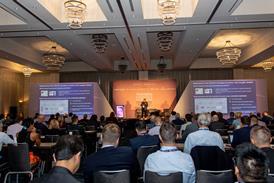




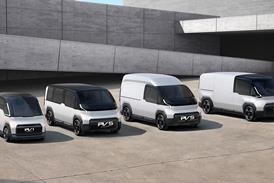



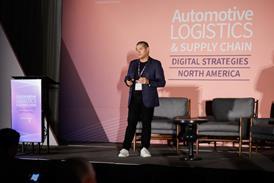
![Global[1]](https://d3n5uof8vony13.cloudfront.net/Pictures/web/a/d/s/global1_726550.svgz)
